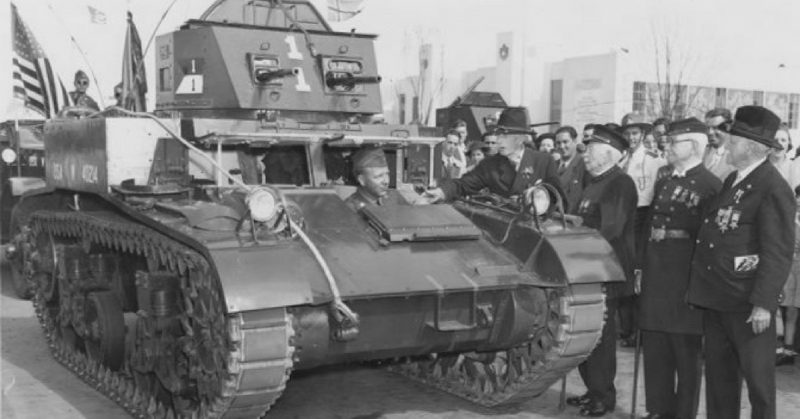Between the World Wars, the most powerful nations turned their attention to improving vehicles for use in wartime. WWI had established the value of the tank, and everyone was rearming. It was not just a military need. Economic and political factors intervened to create some strange ideas and development patterns.
Half-Tracks
The development of half-track vehicles showed an appetite for improvement that existed in some parts of the military.
The first half-track motor vehicle was developed by Adolphe Kegresse, a French engineer employed by the Russian Czar. When the Russian Revolution overthrew the Czar, Kegresse returned to France with his design. His idea was proven when a convoy of half-track trucks crossed the Sahara in conditions no conventional vehicle could have managed.
The French military picked up Kegresse’s idea. Other nations imitated it. By the 1930s, the Germans were working extensively with half-tracks as a means of moving artillery.
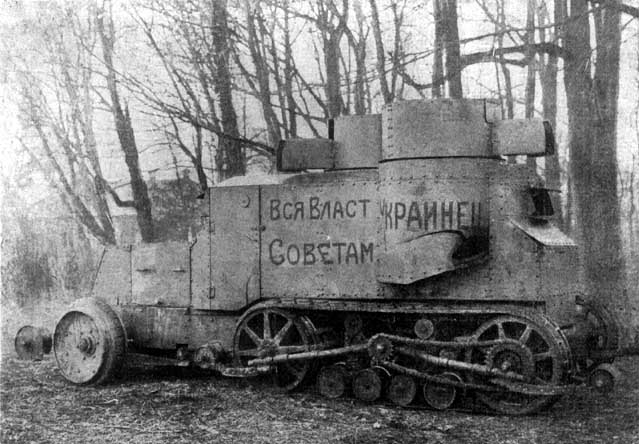
The Specialization Problem
The collaboration between Kegresse, motor companies, and the military revealed what could be achieved when everyone was pulling in the same direction. However, a production problem stood in the way.
The military wanted specialization. They needed a broad range of different vehicles – bridge layers, armored cars, troop transports, artillery haulers, and more. Most were required in small numbers.
Manufacturers, on the other hand, were interested in getting the most profit, and that meant mass production. They were unenthusiastic in investing in a wide variety, pushing instead for standardization.
As a result, many specialist vehicles were built in small runs and the set-up to make more was not maintained. The military could not get everything they wanted.
One-Man Tanks
One of the least practical ideas came from the British army. They wanted one-man tanks that could act as if they were the cavalry – small vehicles carrying machine-guns rushing around the battlefield. It was an idea rooted in the tactics of past wars, not the future.
The quest for such a vehicle was fruitless, but it did lead to the Carden-Loyd carrier, a transport vehicle for carrying troops into battle. Although it was unarmoured and not particularly outstanding, Vickers marketed it around the world. Its design was hugely influential not because it was outstanding but because of business interests.
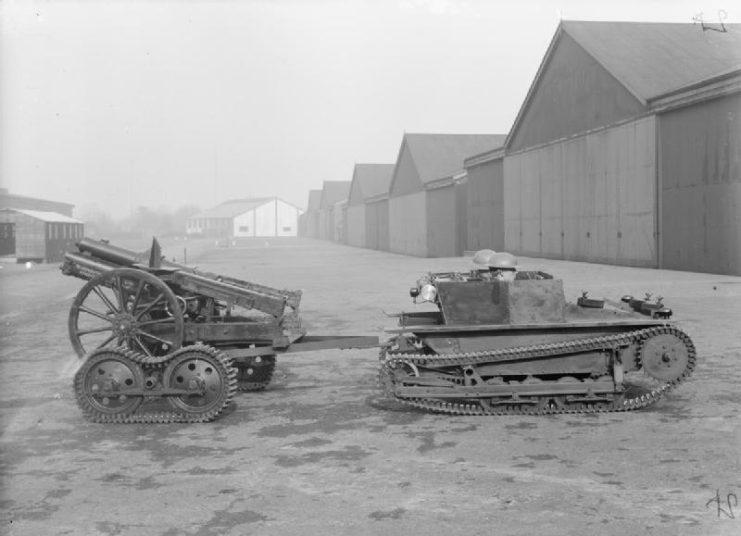
Four Wheel Drive
The military wanted four-wheel drive vehicles that could cope with going off-road. At first, it was easy to get manufacturers interested in developing them as poor road conditions ensured they also had a large civilian market for such technology.
However, improvements to road networks undercut profit as people no longer needed four-wheel drive vehicles. Developments in suspension and four-wheel drive ground almost to a halt, despite the needs of the military.
None of the developments were universal. Each country had its own particular issues and specialties.
The Soviet Union: Tractors and Five-Year Plans
Following the revolution, Russia was unable to finance mechanical research and innovation. That changed in the late 1920s with the first of Stalin’s Five-Year Plans. He invested heavily in tank production and the creation of mechanized brigades. Para-military organizations were brought in to train the drivers.
The USSR specialized in tractor production. By using tractors to tow artillery, the Soviets cheaply provided a massive amount of transport power. As there were a large number of farmers with experience driving tractors, it was easy to recruit drivers for those vehicles.
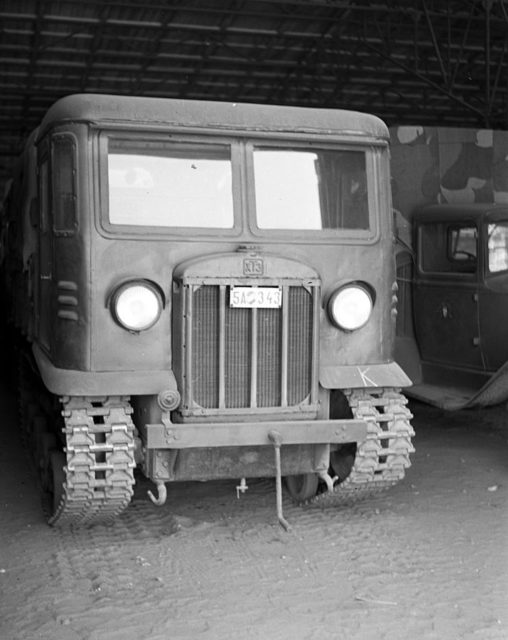
Germany: Over-Organisation
In Germany, unnecessary intervention by the government held back military vehicle manufacturing. The Army issued detailed specifications to manufacturers, more than other countries, for a broad range of different vehicles. It created headaches for manufacturers and slowed down production.
Colonel von Schell introduced an efficiency program, and the army cut back on the number of designs each manufacturer was producing, improving production.
The Russo-German Alliance and Panzers
For many years, the Versailles Treaty prevented Germany from developing tanks at all.
In the late 1920s, the Germans found a way around it. They made an alliance with the Soviets, who allowed them to set up a test facility and tank school in the USSR. It resulted in the design of several light tanks which were covertly constructed in Germany and used as training vehicles.
It is one of the great ironies of WWII that the result of Russia’s collaboration with Germany led to the Panzer Tanks which were then used to invade Russia.
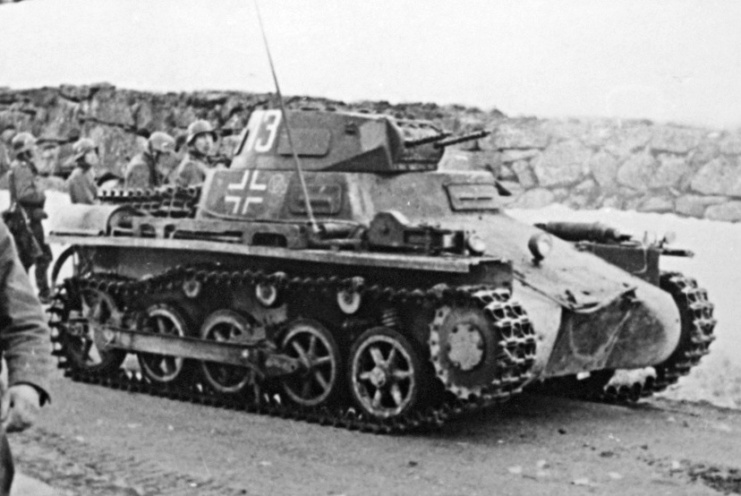
Britain: Short Funds and Artillery
In Britain, a shortage of funds limited the development of fighting vehicles. Vickers, who were given many contracts by the government, designed light, and medium tanks and sold them to the army. To enhance their profits, they also sold them to other countries, including Russia and Japan.
In Britain, the artillery was the most open to mobile innovation. They invested in tractors and tracked vehicles to haul their guns around. They had to overcome the resistance of other parts of the military, who wanted them to use general-purpose trucks which could also work in other roles. The artillerists realized they required specialist vehicles and to ensure they retained their own transport; they commissioned their own trucks.
America: Complex Military/Industrial Relations
In America, there was a strong but mostly unofficial relationship between manufacturers and the military. The Army Ordnance Association – not a government body, despite its name – helped to ensure that manufacturers knew what the military needed, to the advantage of both. Following problems with intelligent but eccentric designer J. Walter Christie, much of America’s tank design was done by the Ordnance Department in-house, enabling them to produce designs that suited their needs.
The development of military vehicles between the wars was erratic; at times strange; and varied from nation to nation. However, there was a constant drive toward greater mechanization within the military.
Source:
Ian V. Hogg and John Weeks (1980), The Illustrated Encyclopedia of Military Vehicles
